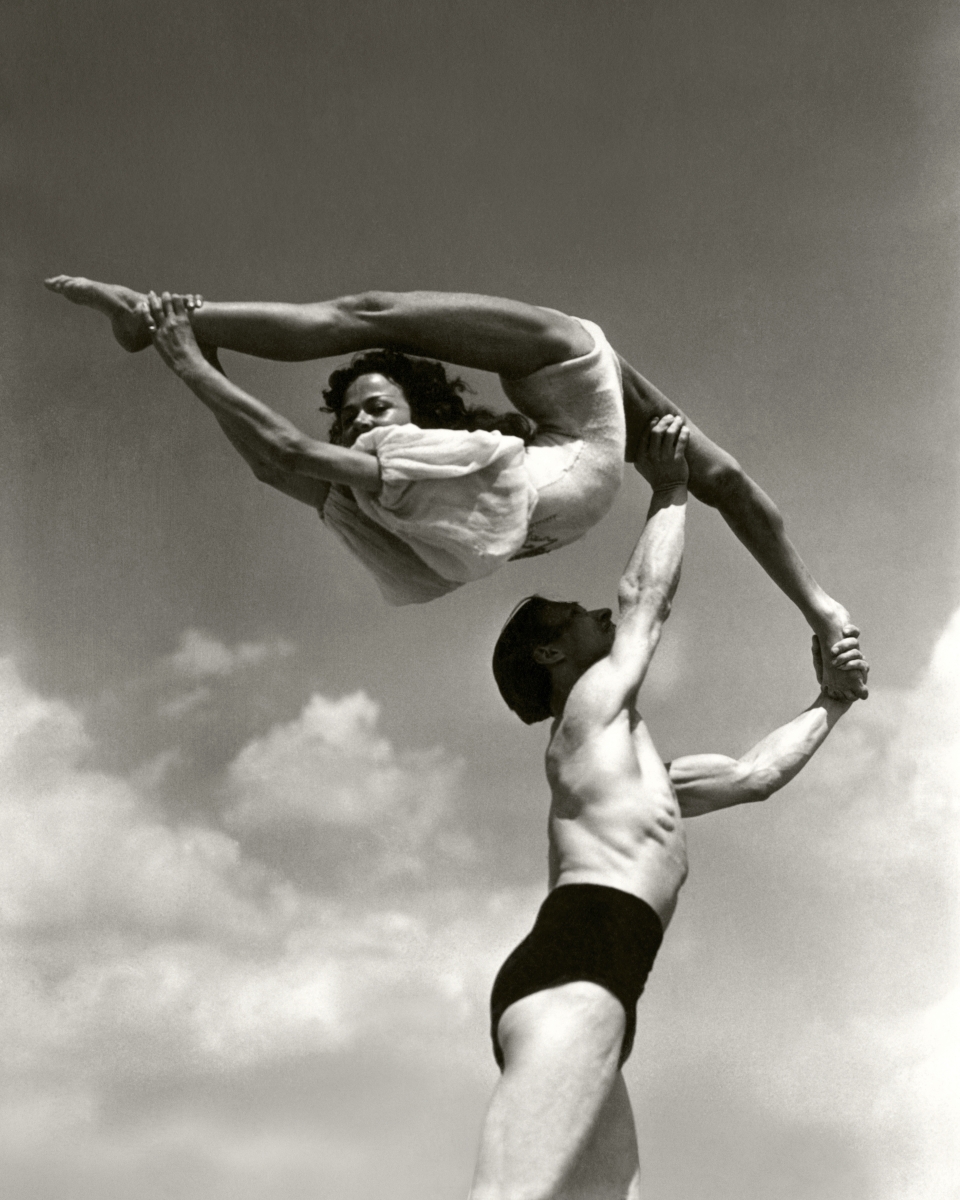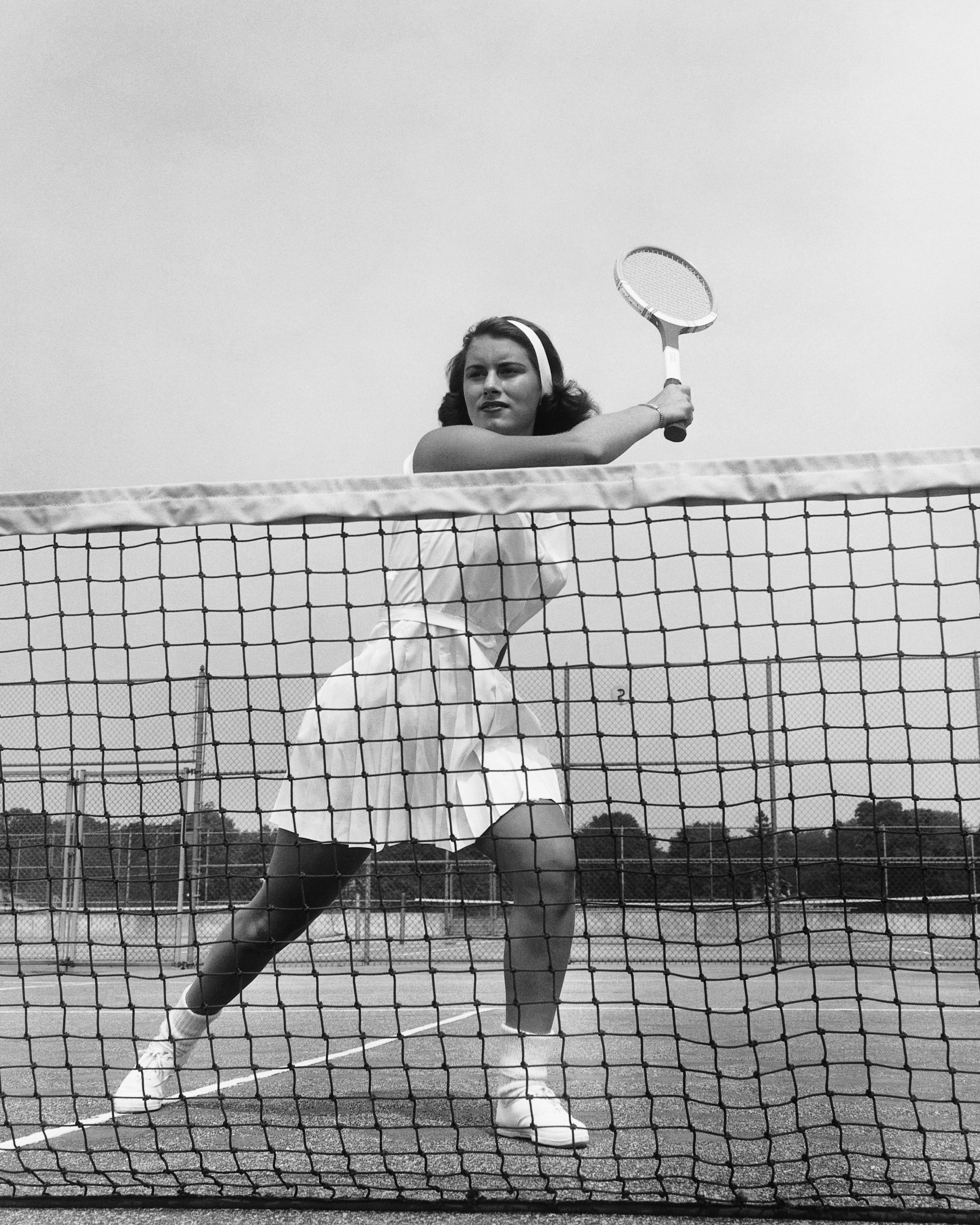For best results, exercise should be tailored to our cycle. Here's how
by Kristina Mikulić GazdovićNovember 16, 2024


November 16, 2024
When I first learned that I shouldn’t push as hard on strength exercises a few days before my period, because my body doesn’t want to spend fat reserves at that time anyway, I was astonished. I had never considered whether I should be adjusting my workouts depending on which phase of the cycle I was in. We talked with kinesiologist and nutritionist Marija Andrijašević about the changes the body goes through.
In the menstrual phase, when the menstrual cycle begins, Marija advises adjusting the diet with a focus on iron: depending on the person, this phase can last 5 to 7 days, and during this time, iron is lost through blood. To help the body and compensate for the lost iron, Marija Andrijašević points us to the following foods: during the menstrual part of the cycle, it is necessary to consume green leafy vegetables, nuts (hazelnuts, walnuts, almonds), lean beef and chicken, and for dessert, it is good to reach for dark chocolate. Vegetables like peas, spinach, Swiss chard, and broccoli are good to have on your plate.
As this is a phase when we have less energy, and cramps and bloating are inevitable, Marija recommends low-impact workouts: pilates, yoga, or stretching. It is important not to overburden yourself during the menstrual phase.

The follicular phase begins at the end of the menstrual phase and lasts a week. As the body prepares for pregnancy in this phase, estrogen levels rise. Marija emphasizes this is when the body needs more energy, hence the cravings for fattier food. To compensate for the body’s desires (while still consuming something healthy) during the follicular phase, it is advisable to consume more complex carbohydrates such as whole grains (millet, buckwheat, barley, couscous, bulgur, or spelt), starchier vegetables (peas, corn, all types of potatoes including sweet potatoes, pumpkin, dried beans), and fruits. It is also necessary to pay attention to hydration – Marija emphasizes – because hormones can affect hydration levels. In addition to water, it is advisable to consume a sufficient amount of electrolytes.
The follicular phase is marked by an increase in energy, making energy-boosting workouts the best choice. Marija recommended running, cycling, swimming, strength training, group functional training, in other words, various types of training that require more energy.

Ovulation occurs mid-cycle when the egg is released from the ovary into the fallopian tube for potential fertilization. This phase of the cycle can also lead to an increase in body temperature The choice of foods can also affect ovulation. in which case it is better to take foods with a lower glycemic index such as foods rich in antioxidants (blueberries, dark green leafy vegetables, raspberries), monounsaturated and polyunsaturated fats, and vitamin D (fish, eggs, spinach). Some of the foods recommended in this phase are salmon, fiber, chia seeds, hazelnuts, i.e., all foods rich in omega-3 fatty acids. And do not ignore carbohydrates such as: chickpeas, whole grains, nuts, dairy products with low milk fat.
The ovulation phase, being the shortest phase, does not significantly change the impact on energy, so Marija recommended the following: various group strength training sessions, boxing, kickboxing, spinning, and the like are ideal.

The luteal phase begins around the sixteenth day of the cycle. The body prepares for menstruation and the hormone progesterone is released. The body uses more fats and proteins for energy, so it is necessary to intake healthy fats through fish, nuts, avocado, meat, eggs, etc. Cravings for specific foods occur; however, it is advisable to consume foods rich in calcium and magnesium: white beans, dark green leafy vegetables, dark chocolate, pumpkin seeds, and cashews.
The luteal phase requires lower-intensity workouts. This is the phase when the body prepares for menstruation, so it gets tired easily. Marija advised us to focus on lower-intensity workouts and notes that every body is individual; it’s not the same if we talk about athletes, people who engage in regular moderate physical activity, or people who sit a lot during the day. Each workout is tailored to the person.
Each phase of the menstrual cycle has its own very important purpose. The body behaves differently depending on which phase of the menstrual cycle it is in, and with adapted nutrition and training we can alleviate unwanted phenomena or provide the body with adequate support that complements the phase of the cycle.